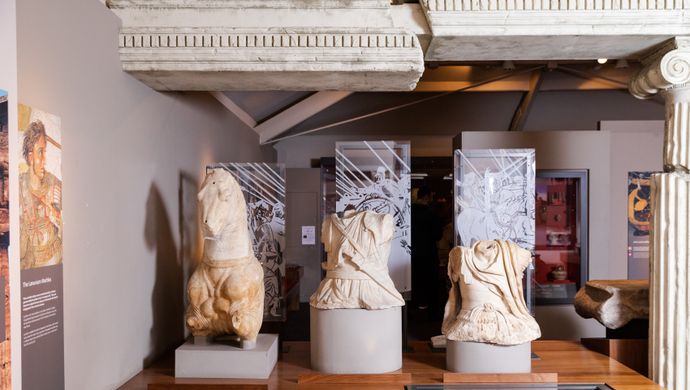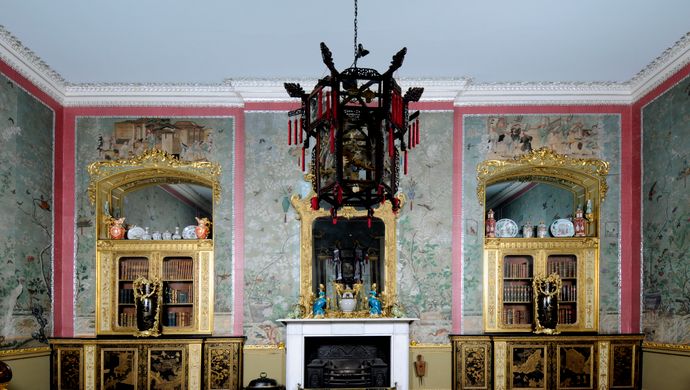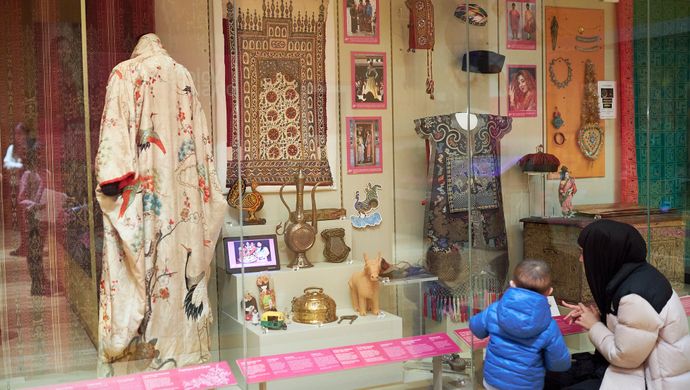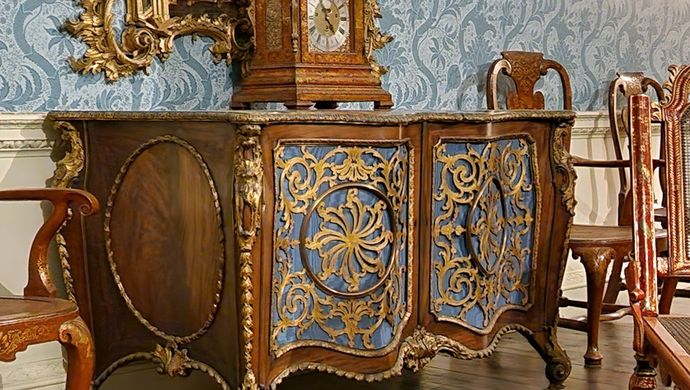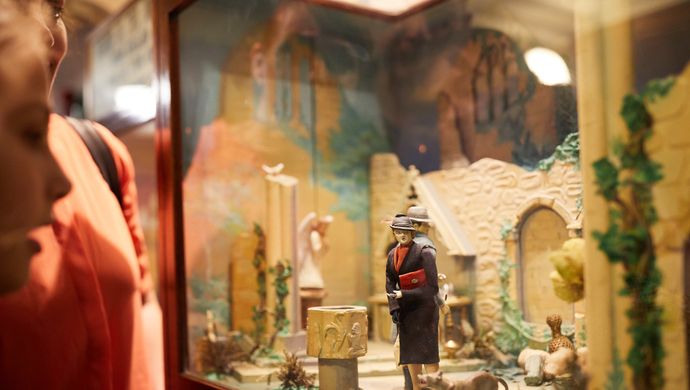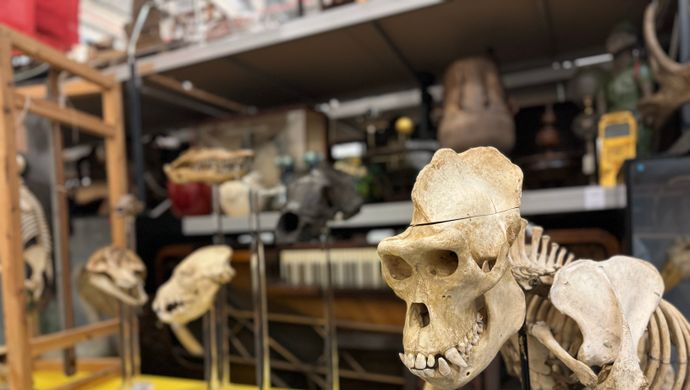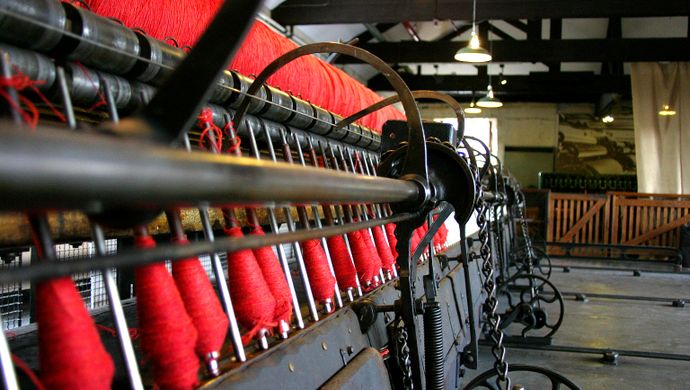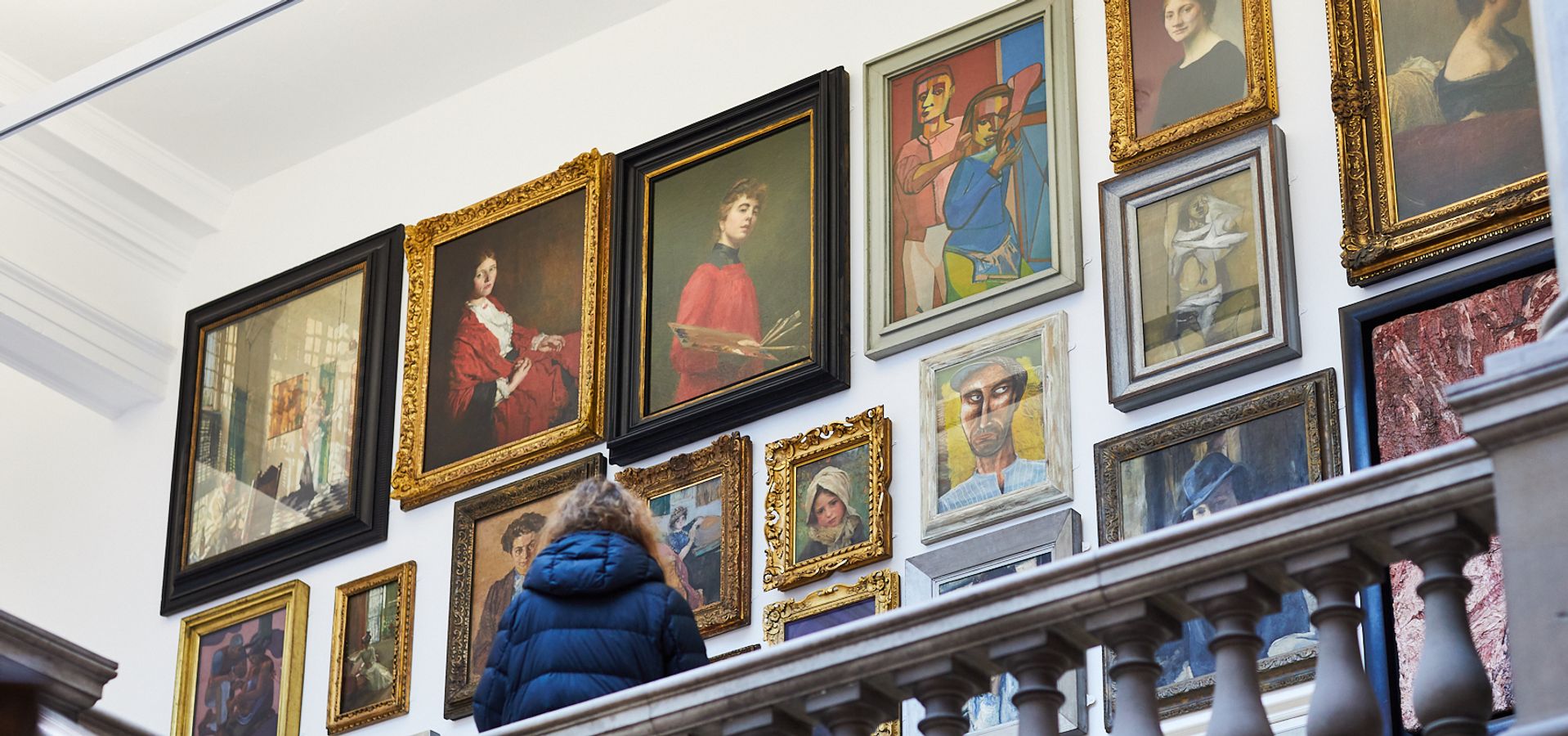
Fine Art
The Leeds fine art collections are Designated as being of national and international significance.
The collection has particular strengths in the areas of 18th and early 19th century English watercolours, 20th century British Art and a modern sculpture collection more extensive than any other regional gallery in the UK.
There are also significant holdings of late 19th century pictures including Victorian narrative painting, high quality French paintings and notable examples of contemporary artists’ moving image works from the 1990s.
The collections are kept and primarily displayed across Leeds Art Gallery, Temple Newsam and Lotherton. Overall there are approximately 1300 oil paintings, 3000 English watercolours and 2000 prints.
The Leeds Sculpture Collection has been built in partnership with the Henry Moore Insitute, with a particular focus on conceptual, performance, photographic and other expanded sculptural forms from the 1960s and 70s.
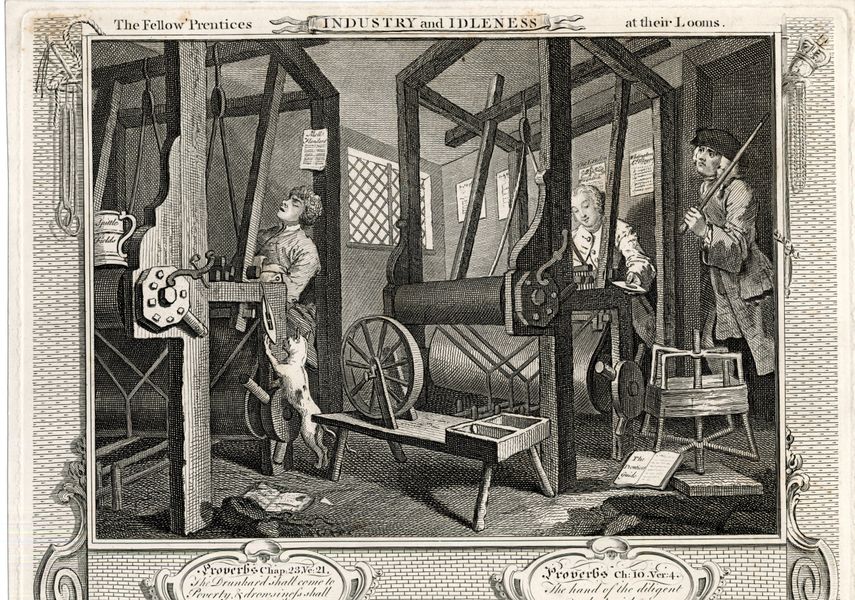
Collection highlight
William Hogarth
Industry and Idleness (Plate 1): The Fellow ‘Prentices at their Looms’ 1747 Monochrome engraving and etching.
“The Fellow ‘Prentices at their Looms” is the first of a series of twelve prints by William Hogarth that tell the story of Francis Goodchild and Thomas Idle, two fellow apprentices working in a loom in pre- industrial London. One is portrayed as really hard-worker, devoted Christian and successful. The other is shown as lazy, immoral and troublemaker.
The Industry and Idleness prints are part of Hogarth’s famous ‘Modern Moral Subjects’: a series of comic strip-like works in which he commented on relevant issues of the day.

